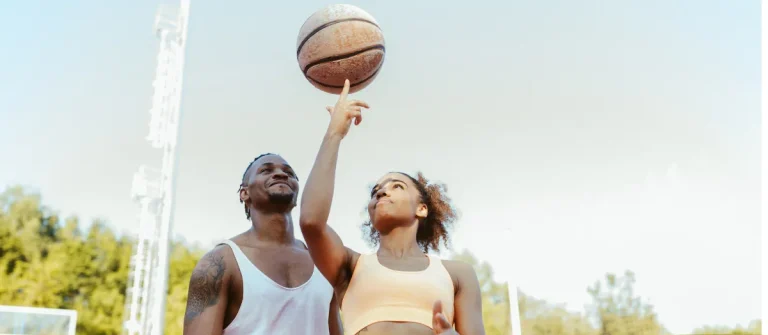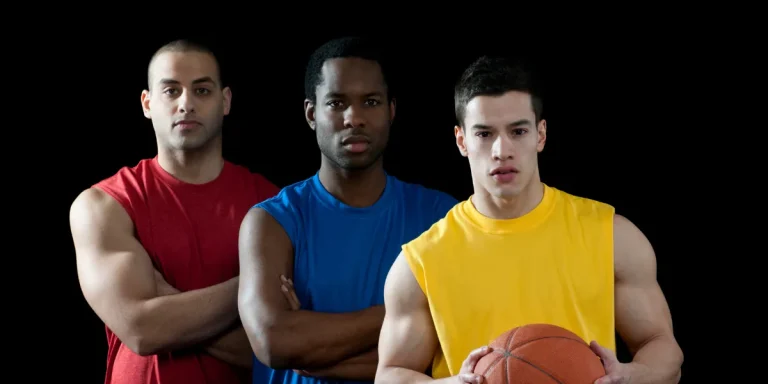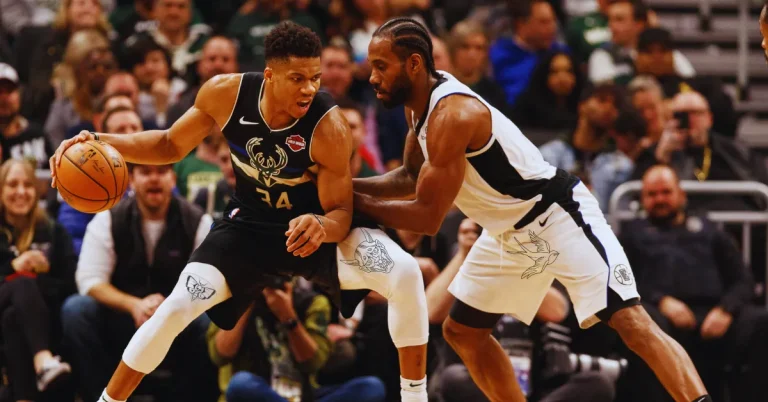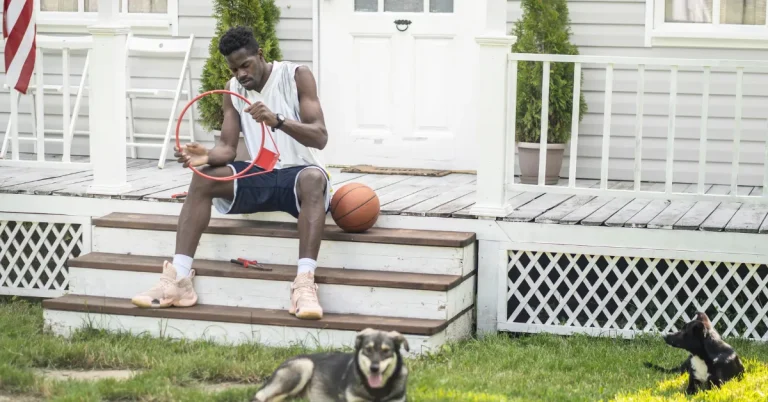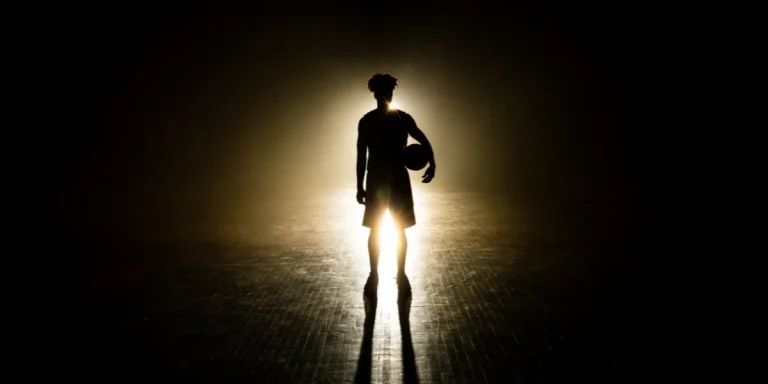What is Holding in Basketball NBA?
Holding in basketball is a crucial concept that every player, coach, and fan should understand. In the fast-paced world of basketball, where split-second decisions can make all the difference, knowing the ins and outs of holding can be a game-changer.
Whether you are a seasoned player looking to refine your defensive skills or a newcomer eager to grasp the fundamentals, delving into the nuances of holding will elevate your understanding of the sport.
What does it Mean Holding in Basketball?
In basketball, “holding” refers to an illegal defensive maneuver where a player uses their hands, arms, or body to impede the movement of an opponent who does not have the ball. Holding typically involves grabbing, pushing, or otherwise obstructing an opposing player’s ability to move freely on the court.
It is considered a foul and results in the opposing team being awarded free throws or possession of the ball, depending on the specific circumstances of the infraction and the rules of the league or competition.
Holding is prohibited because it disrupts the flow of the game and can lead to unfair advantages for the defending team. Defenders are expected to use proper positioning and footwork to guard their opponents without resorting to holding or other illegal tactics.
What is the Penalty for Holding?
Certainly, here are some examples of penalties for holding in basketball, each with a unique outcome:
Shooting Foul: When a defender holds an offensive player who is in the process of shooting, the referee calls a holding foul in basketball. In this case, the offensive player is awarded two free throws.
Holding Without Possession: If a defender holds an offensive player who doesn’t have the basketball at that moment, a personal foul is called. However, free throws are not awarded unless the offensive team is in the bonus.
Offensive Holding: In the rare instance that an offensive player is charged with holding, their team loses possession of the ball. Free throws are only granted if it’s a bonus situation for the opposing team.
Flagrant Holding: In exceptional cases where a holding foul is considered flagrant by the referee, the player fouled receives two free throws, and the team gains possession of the ball. Flagrant holding calls are infrequent and occur when the foul is deemed particularly severe.
What is the Referee’s Signal for Holding a Foul in Basketball?
The referee signal for basketball holding involves a distinctive hand gesture. When a referee observes a holding foul during a basketball game, they will typically raise one hand while making a closed fist and gripping their wrist with the other hand.
This signal signifies that a holding violation has occurred. And it helps both players and spectators understand the call being made on the court.
Additionally, the referee may verbally announce the foul to clarify the situation for everyone involved. The holding signal is an essential communication tool for maintaining the integrity and fairness of the game.
Other Types of Personal Basketball Holding Foul
In addition to holding, there are several other types of personal fouls in basketball that you should be aware of, including:
Charging: Charging occurs when an offensive player runs into a defender who has established a legal guarding position. It results in a turnover, and the defensive team gains possession of the ball.
Blocking: The referee calls a blocking foul in basketball when a defensive player, while attempting to impede the progress of an offensive player, is either moving or not in a legal guarding position. As a result, the offensive player may be awarded free throws.
Reaching-In: This foul happens when a player reaches in and makes contact with an opponent’s arm or body while attempting to steal the ball. It’s often called on a defender.
Hacking: Hacking is a common term for a foul. In which a player forcefully swipes or hacks at an opponent’s arm or hand during a shot attempt. It typically results in free throws.
Over and Back: This foul pertains to situations during rebounding in basketball. When a player has already established their position, it is illegal for another player to leap directly over their back in an attempt to secure the rebound. Importantly, this rule can be applied to both offensive and defensive players.
Illegal Screen: An offensive player commits a personal foul by setting an illegal screen, which involves making illegal contact with a defender. Such as moving into them or sticking out a hip.
Understanding various personal fouls is crucial for players, coaches, and fans. It helps everyone grasp the game’s rules and ensures fairness on the basketball court.
FAQs
Why is holding a foul?
Basketball deems holding a foul to uphold fair competition, ensure player safety, maintain the game’s flow, ensure consistent officiating, and promote good sportsmanship. It prevents unfair advantages, physical harm, and disruptions and fosters a spirit of respectful competition in the sport.
Can you hold a player in basketball?
In basketball, holding a player is considered a foul. It happens when a defender grabs or restricts the movement of an opponent without the ball. When called, the opposing team gets free throws or possession of the ball.
What is an illegal defense in basketball?
In basketball, illegal defense refers to defensive tactics that break the rules, like improper zone defenses or double-teaming off the ball.
Conclusion
Understanding the concept of holding the ball in basketball is essential for players, coaches, and fans alike. It is a foul called to maintain fair competition, prioritize player safety, preserve the game’s rhythm, enforce consistent officiating, and uphold the values of sportsmanship. By adhering to these principles, basketball remains a thrilling and enjoyable sport for all involved.

Passionate basketball player striving for excellence on and off the court. Dedicated to the game since youth, I have honed skills through years of practice. Explore my journey, gear reviews, and dunking tips. Let’s elevate our game together!



